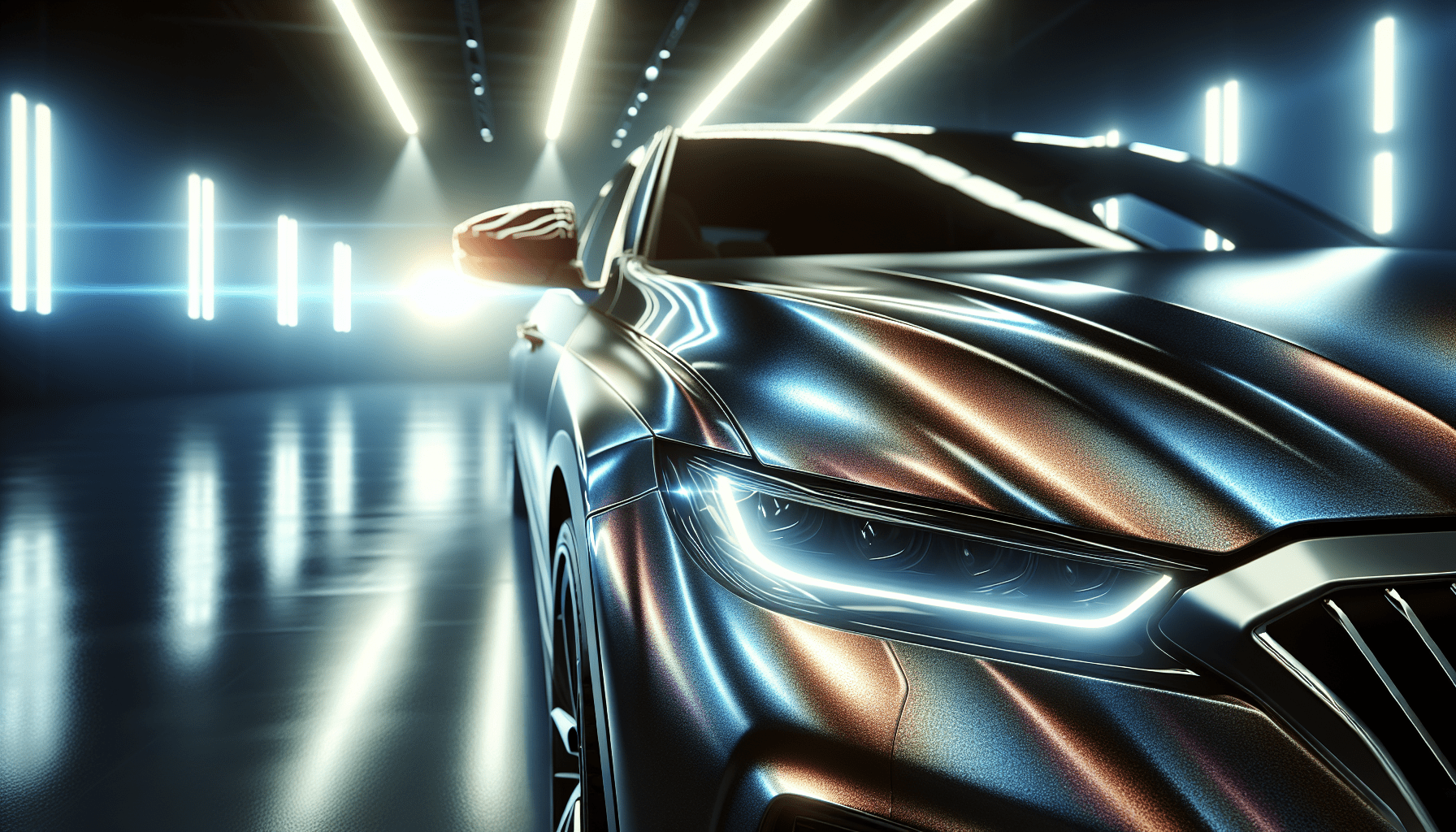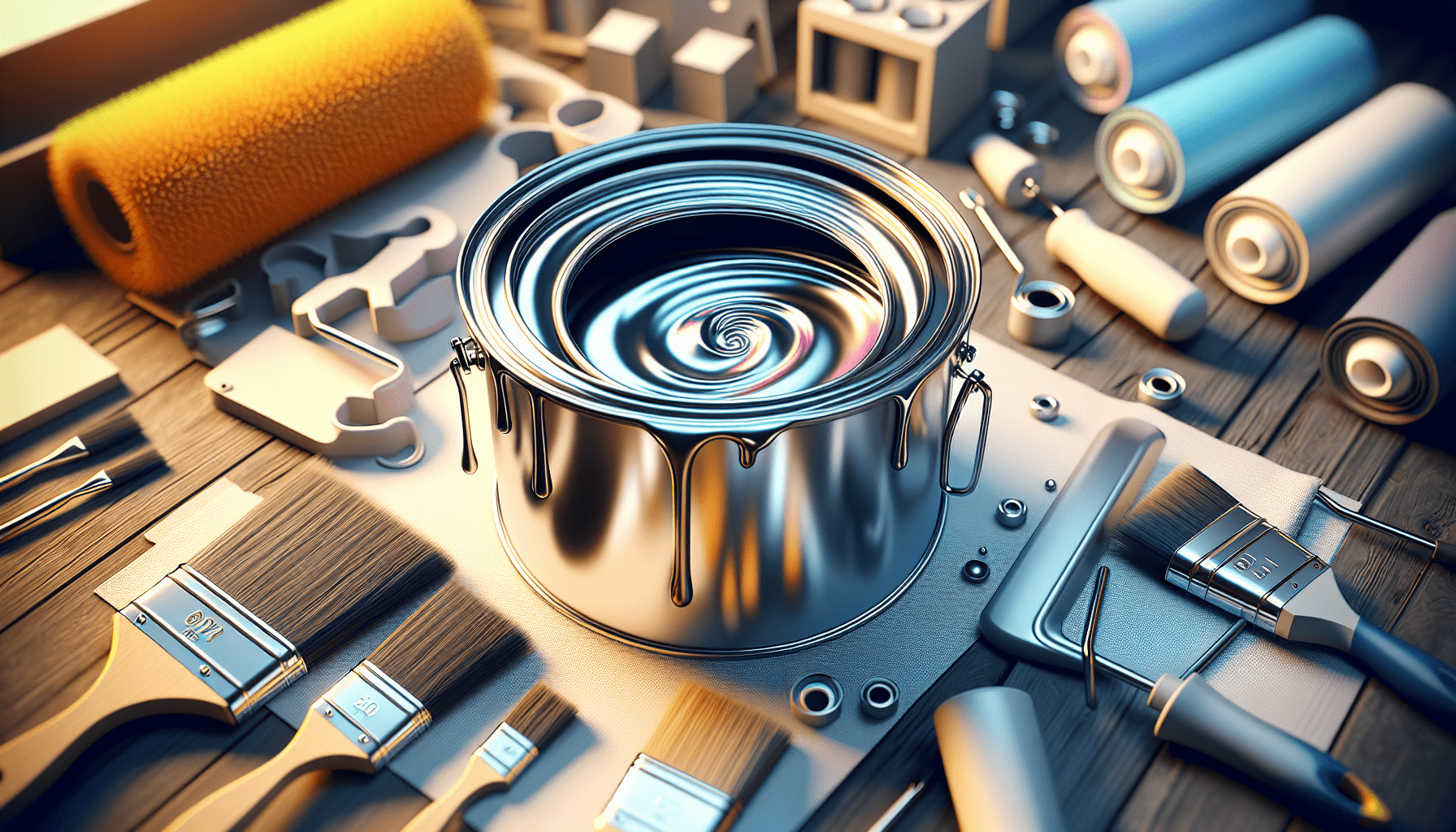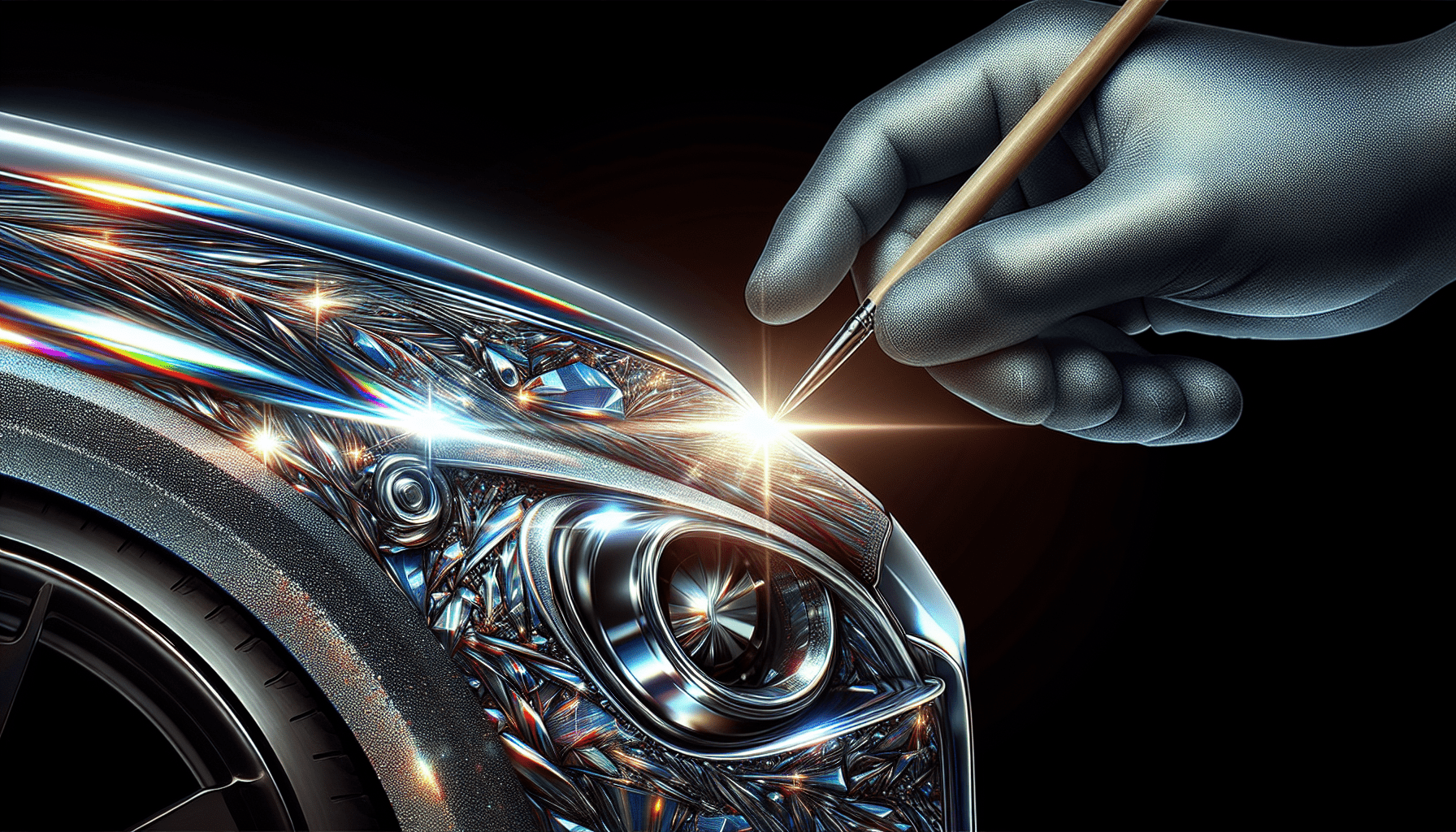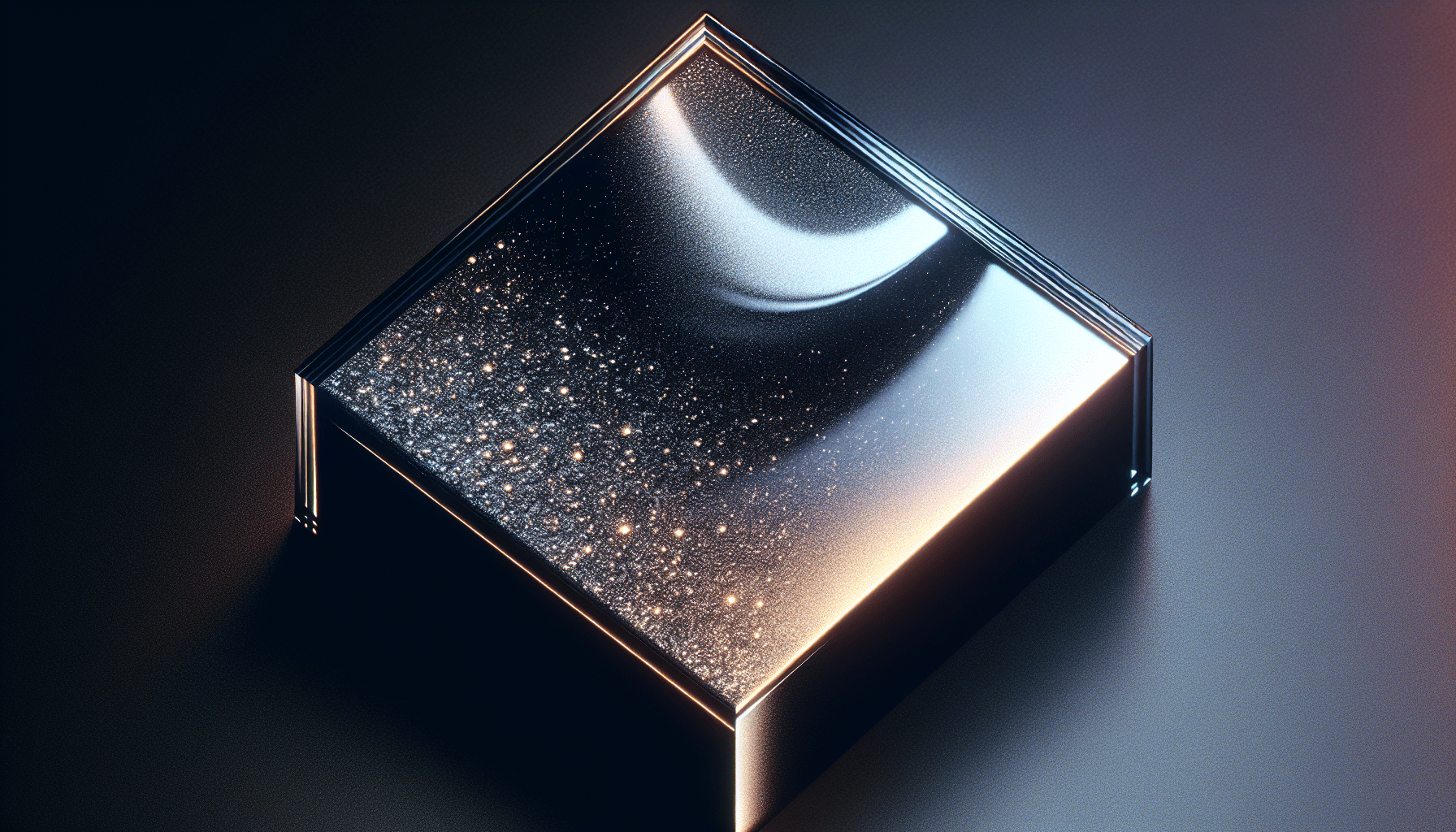Have you ever wondered why metallic paint is more expensive compared to other types of paint? Metallic paint tends to command a higher price, and it’s not just about the aesthetic appeal. Several factors contribute to this cost increase, ranging from the materials used to the labor involved in applying the paint.
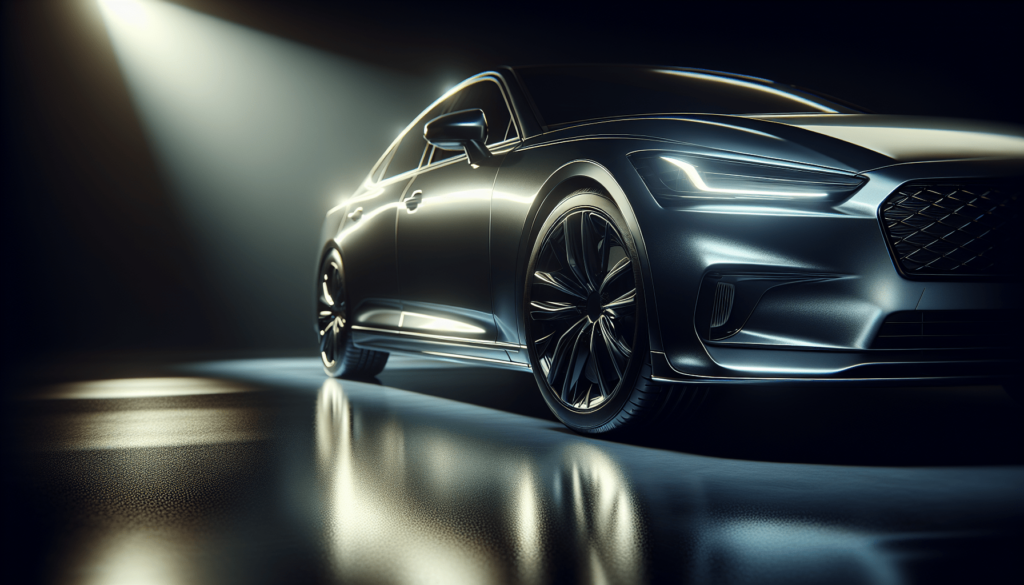
Understanding Metallic Paint
Metallic paint contains tiny metal flakes or pigments that give it a reflective quality. This unique attribute is what makes metallic paint sparkle and shine. The use of these metal particles can add depth and complexity to the color, resulting in a more dynamic finish. However, this also adds to the cost of the paint.
Composition of Metallic Paint
The primary reason for the higher cost of metallic paint lies in its composition. Unlike conventional paint, which uses simple pigments, metallic paint incorporates finely ground metal flakes. These flakes are typically composed of materials such as aluminum, bronze, or even alloys. The quality and type of metal used can significantly influence the overall cost.
- Pigments: Conventional paints use organic or inorganic pigments that are relatively inexpensive.
- Metal Flakes: These are more expensive to produce and integrate into the paint mix.
| Component | Metallic Paint | Conventional Paint |
|---|---|---|
| Pigment | Metal flakes (e.g., aluminum) | Organic/Inorganic |
| Carrier medium | High-quality resins | Standard resins |
| Additives | UV protectants, stabilizers | Basic stabilizers |
Quality of Materials
The quality of materials used in metallic paint is generally higher. The pigments must be of uniform size and shape to ensure a consistent finish. Additionally, the resins and binders used in metallic paints are often of superior quality to provide better adhesion and durability.
Manufacturing Process
The manufacturing process for metallic paint is more complex than that for conventional paint. The metal flakes must be uniformly dispersed within the paint to avoid clumping or uneven application. This requires specialized equipment and techniques, adding to manufacturing costs.
Labor and Application
Applying metallic paint is more labor-intensive and requires a higher level of expertise compared to applying conventional paint. This complexity is another factor contributing to its higher cost.
Surface Preparation
Before applying metallic paint, the surface must be meticulously prepared to ensure a flawless finish. Any imperfections will be magnified by the reflective nature of the paint, making surface preparation crucial.
- Sanding: The surface must be sanded to a smooth finish.
- Primer: A high-quality primer must be applied to ensure proper adhesion.
Application Techniques
The application of metallic paint often requires specialized techniques and tools. For instance, the paint must be applied in multiple thin layers to achieve the desired effect. This can be time-consuming and requires a skilled painter to execute properly.
| Step | Conventional Paint | Metallic Paint |
|---|---|---|
| Surface Preparation | Basic cleaning | Extensive sanding |
| Primer | Optional | Essential |
| Application | Single or double coat | Multiple thin layers |
| Drying Time | Standard | Longer between coats |
Equipment
The application of metallic paint typically requires specialized equipment such as HVLP (High Volume Low Pressure) spray guns. These tools are designed to atomize the paint into a fine mist, ensuring an even and consistent application. This equipment is more expensive than standard painting tools, contributing to the overall cost.
Durability and Longevity
Metallic paint is often more durable and long-lasting compared to conventional paint. The high-quality resins and binders used in metallic paints provide better resistance to environmental factors such as UV radiation, moisture, and temperature fluctuations.
UV Protection
One of the standout features of metallic paint is its superior UV protection. The metal flakes reflect UV rays, preventing them from penetrating the paint and causing it to fade over time. This makes metallic paint an excellent choice for vehicles and outdoor applications.
Scratch Resistance
Metallic paint tends to be more scratch-resistant due to the high-quality resins and metal flakes that provide an additional layer of protection. This durability translates to a longer-lasting finish, reducing the need for frequent touch-ups or repaints.
| Aspect | Metallic Paint | Conventional Paint |
|---|---|---|
| UV Protection | High | Moderate |
| Scratch Resistance | High | Moderate |
| Longevity | Long-lasting | Standard |
Aesthetic Appeal
The visual impact of metallic paint cannot be overlooked. The shimmering effect created by the metal flakes gives the paint a unique, high-end appearance that is difficult to achieve with conventional paints. This aesthetic appeal is often a significant factor in the decision to use metallic paint, particularly in industries such as automotive and architecture.
Customization
Metallic paint offers a wide range of customization options. The size, type, and concentration of metal flakes can be adjusted to achieve different effects. This level of customization allows for unique finishes that can be tailored to individual preferences, adding to the overall cost.
Market Perception
The perception of metallic paint as a premium product also plays a role in its higher cost. Consumers are often willing to pay more for a product they perceive as high-end or luxurious. This is particularly evident in the automotive industry, where metallic paint options are often marketed as premium add-ons.
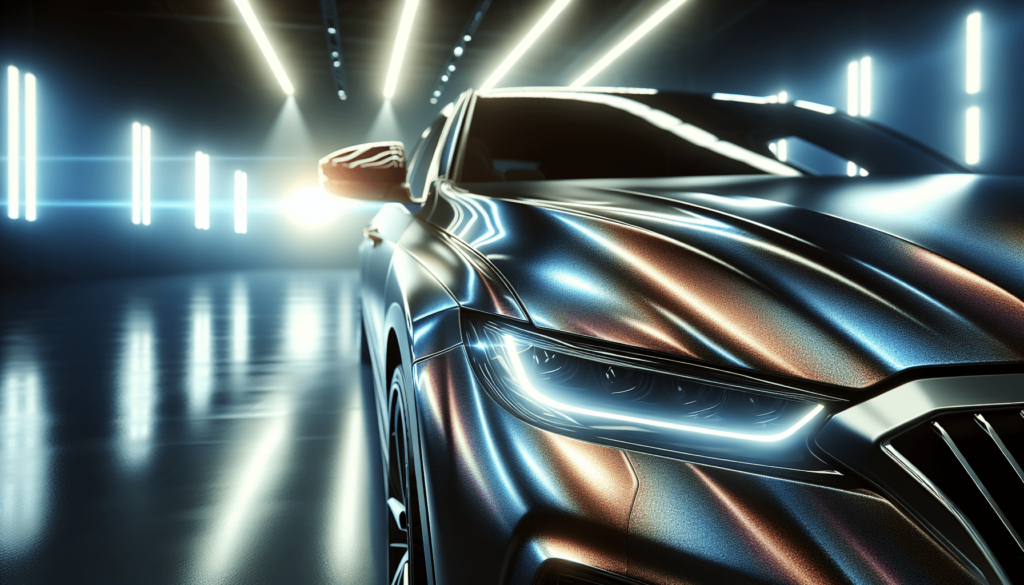
Maintenance and Care
While metallic paint is more durable, it also requires more meticulous care to maintain its appearance. The reflective nature of the paint means that any dirt, grime, or scratches are more noticeable, necessitating regular cleaning and maintenance.
Cleaning
Specialized cleaning products are often recommended for metallic paint to avoid damaging the finish. Regular washing and waxing are essential to maintain the paint’s luster and protective qualities.
Touch-ups
Touching up metallic paint can be more challenging than conventional paint due to the complexity of matching the color and reflective qualities. This often requires professional assistance, adding to the maintenance costs over time.
| Aspect | Metallic Paint | Conventional Paint |
|---|---|---|
| Cleaning | Specialized products | Standard products |
| Maintenance | Regular washing/waxing | Basic cleaning |
| Touch-ups | Requires professional | Can be DIY |
Environmental Impact
The production and application of metallic paint can have a higher environmental impact compared to conventional paint. The extraction and processing of metal flakes require significant energy and resources. Additionally, the specialized equipment and techniques used to apply metallic paint can consume more energy and generate more waste.
Sustainability
Some manufacturers are making strides in producing more eco-friendly metallic paints by using recycled materials and low-VOC (Volatile Organic Compounds) formulations. However, these eco-friendly options can be more expensive, adding to the overall cost.
Regulations
Stricter environmental regulations around the use of certain metals and chemicals in paint formulations can also contribute to the higher cost of metallic paint. Compliance with these regulations often requires additional testing and certification, which can be costly for manufacturers.
Industry Applications
Metallic paint finds its applications in various industries, each contributing to its higher cost due to specific requirements and standards.
Automotive Industry
In the automotive industry, metallic paint is highly sought after for its aesthetic and protective qualities. The rigorous standards for paint application in this industry add to the complexity and cost. The paint must withstand harsh environmental conditions and provide long-lasting protection to the vehicle’s exterior.
Architecture and Design
In architecture and design, metallic paint is used to create striking visual effects on building facades, interior spaces, and decorative elements. The application often requires specialized techniques and equipment, adding to the overall expense.
Consumer Goods
Metallic paint is also used in consumer goods such as electronics, furniture, and home decor items. The unique finish makes these products stand out, but it also requires precise application and high-quality materials, contributing to the increased cost.
| Industry | Application | Additional Costs |
|---|---|---|
| Automotive | Vehicle exteriors and interiors | Rigorous standards, durability |
| Architecture | Building facades, interior spaces | Specialized techniques and tools |
| Consumer Goods | Electronics, furniture, decor | Precise application, high-quality materials |
Conclusion
The higher cost of metallic paint can be attributed to several factors, including the quality of materials, manufacturing complexity, labor and application techniques, durability, aesthetic appeal, maintenance requirements, environmental impact, and industry-specific applications. Each of these factors contributes to the overall expense, making metallic paint a premium option compared to conventional paint.
Understanding these aspects can help you make an informed decision when considering metallic paint for your projects and appreciate the intricacies involved in its production and application.
